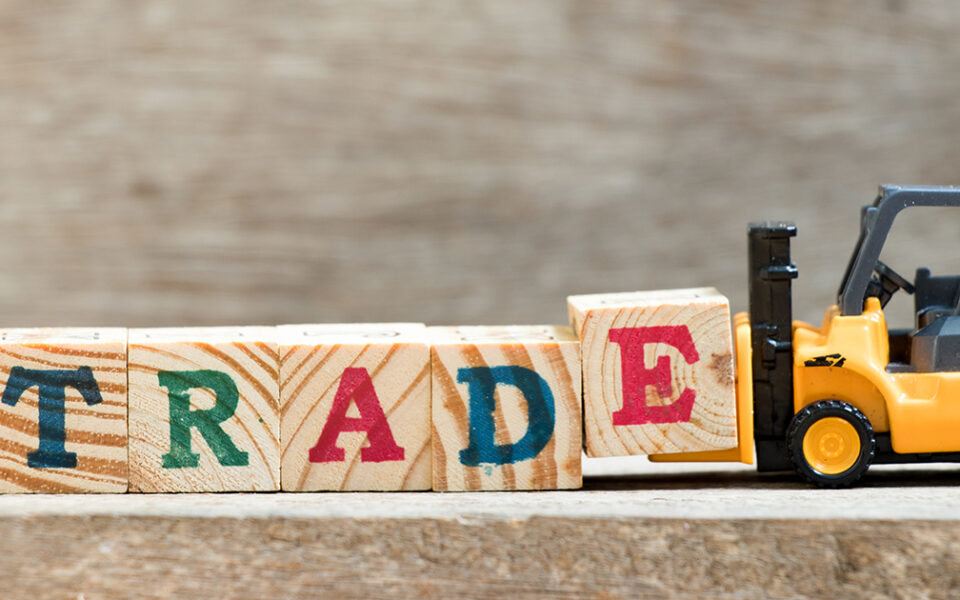Trickle-down Tariffs

The health of our economy ultimately depends on how the business ecosystem is affecting everyday people. That’s why I’m concerned about President Trump’s threat to raise tariffs on two-thirds of imports from China to 25%. The 25% tariff he imposed on the other one-third of imports is already having trickle-down effects on both businesses and consumers.
Here at Marcum, we already see that the higher tariffs from the ongoing trade war are adding to the cost structure of goods of businesses of all sizes – which is never good for economic growth. The New York Times just ran an excellent piece about a small, custom-bicycle maker who is a good example. He produces the bikes in China and just got hit with the higher import tax. It’s adding to his costs in a big way. And these are costs he can’t easily pass on to his customers.
When manufacturers like him face higher overhead, it eventually drives up the price of consumer goods or reduces manufacturer profit. The bike manufacturer, who sells 400-500 bicycles a year, may have no choice except to raise his prices – but worries about driving his customers to cheaper alternatives.
The middle-market firms we serve in the manufacturing sector serve even greater numbers of customers than he does. If they are forced to raise prices, it will affect millions of consumers. It’s easy to predict what will happen to consumer confidence if the same scenario happens at manufacturing firms across the country. People will not be hanging out at the mall. UBS has already warned that the tariffs on Chinese imports could hurt the retail sector, putting 12,000 stores at risk of closure.
And it’s been reported that the tariffs currently in force are costing the average American household over $400 per year, with that figure going up tomorrow to over $800 per year as new tariffs are imposed. While it doesn’t seem like a lot, the average family in this country just doesn’t have an extra $15 per week. They live paycheck to paycheck and have no flexibility to just pay more for the same. Walmart is already messaging higher prices are coming. For some, it may mean missing a meal or two.
At the same time, if businesses try to eat the added costs of higher tariffs, many won’t stay profitable. We need companies to stay in business, and to do that they need the liquid cash to grow. Any money that’s tied up in paying tariffs can’t be used for growth and creating jobs. That will be a loss to their communities.
Let’s not forget that China is also imposing retaliatory tariffs on $60 billion worth of U.S. goods. These are hurting our farm and energy exports to China and putting at risk American investments in liquefied natural gas. Another concern, although most are not focusing on it, is the detriment to the U.S. if China’s economy falters. China is currently the biggest market for Cadillac. China buys planes from Boeing. If the Chinese economy shrinks, so will its imports from the U.S., further hurting U.S. businesses and workers. None of it is as simple as imposing tariffs.
The U.S. China trade war will eventually be resolved but what’s critical now is better communication with both the business community and the public and a very thoughtful approach to the negotiations going forward. There are legitimate U.S. concerns that need to be taken into account, like the protection of our intellectual property rights, but Washington needs to weigh the full implications of its decisions. Financial markets are sensitive to trade wars, and so are consumer and business confidence.
We need free trade with China, as long as it’s conducted fairly. Let’s hope that our policymakers keep their eye on what’s most important and find a way to move forward that protects the health of the U.S. economy.
